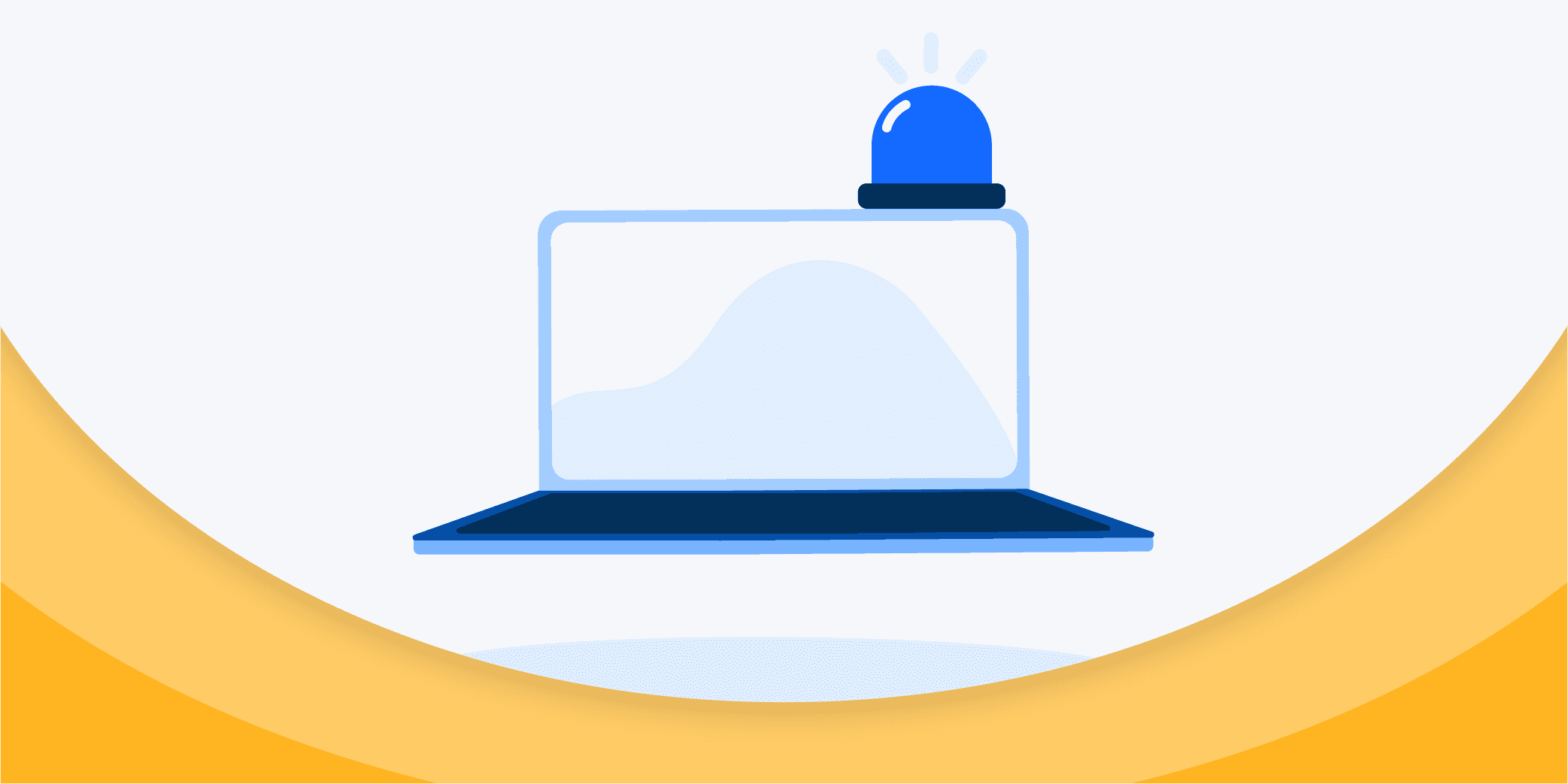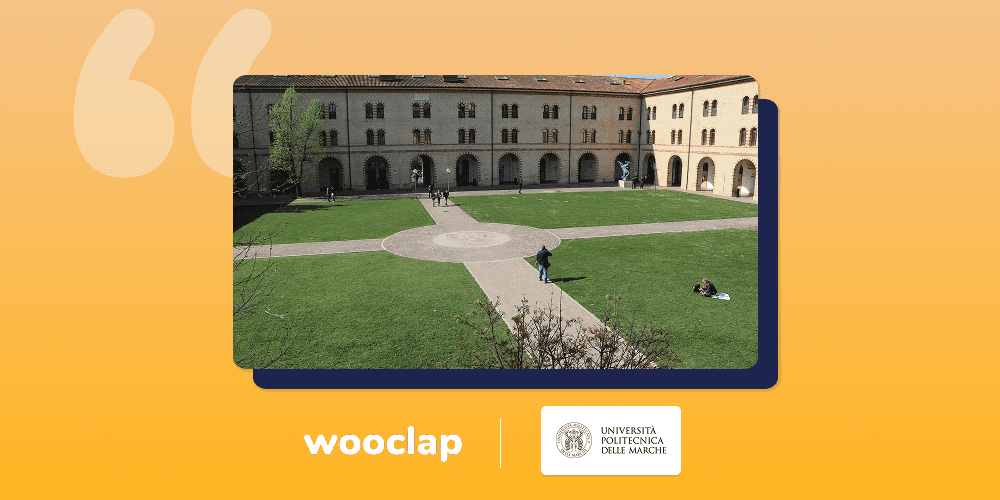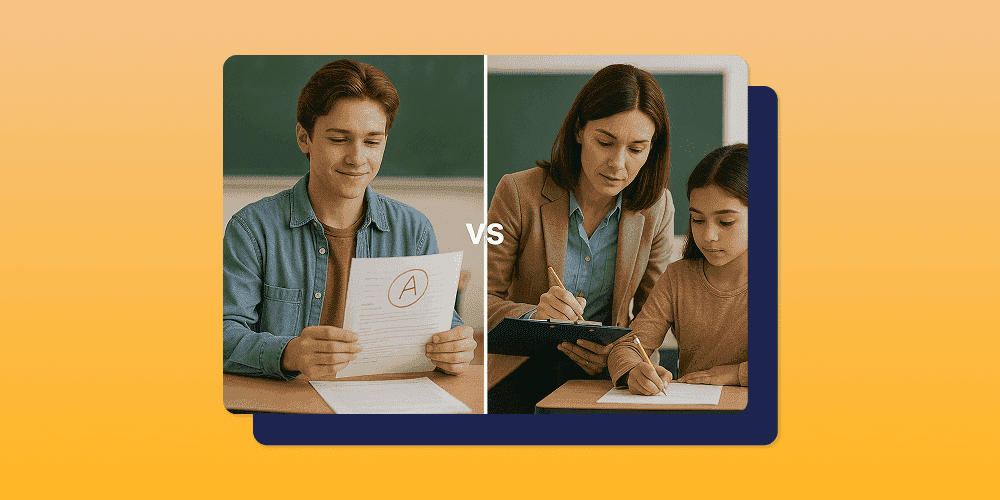
American summer tour! Wooclap will be at InstructureCon 2025
Come say hi at booth 41 from July 22nd to July 24th in Spokane, Washington
How to captivate students who are increasingly connected
19.11.2019 • 4 minutes

Understanding and Managing Attention in the Age of Digital Overload
Icons indicating the arrival of new messages on a smartphone, notifications hailing from various social media platforms, vibrations announcing an incoming call, breaking news being shared in real-time…
Never before have our minds been this solicited. Technology has multiplied the sources of distraction, putting our ability to focus to the test.
Often referred to as the scourge of the digital era, this overabundance goes hand in hand with the « googlisation of our minds » which encourages us to run to our phone or computer to find the answer to a question.
The exponential growth of all kinds of data, which are only a click away, makes us addicted to digital tools. What’s worse, accessing new information triggers what neuroscientists call the reward system: the brain reacts positively, releasing dopamine which produces a feeling of pleasure.
Of course, « digital natives » like students aren’t exempt from this phenomenon, far from it, and teachers often labour over the question of how to draw their attention in a world that is increasingly connected.
Professor Mireille Houart of the university of Namur tries to answer that very question. By relying on what we know about the inner workings of attention, she offers suggestions to deal with this issue.
Inner stimuli
First, professor Houart reminds us that attention is selective. She emphasises the importance of sorting through and choosing between the many things begging for our attention.
Yet, though there are many external stimuli, most of which come from digital technology, our brain also receives internal stimuli: feelings (cold, hunger, fatigue,…), thoughts (the fact that our mind wanders), and emotions can interfere with our attention.
Teachers must be aware of these many variables. For example, neuroscience has shown that the area of the brain linked to learning is inhibited in stressful situations, which constitute a source of negative emotions.
On the other hand, sharing amusing anecdotes evokes a positive emotion which can help students memorise information. Similarly, reassuring them and congratulating them are effective ways to build trust and hold their attention.
Difficulty multitasking
Professor Houart also stresses the fact that our minds have difficulty performing multiple tasks at once unless one of them is completely automated.
Essentially, it is difficult for a student to take notes while listening to the teacher and thinking of the questions they might have to answer.
To help students manage the different tasks they have to perform, professor Houart suggests introducing moments of silence, for example, to make it easier to focus on taking notes. During an exam, she advises students to separate writing a text and reviewing its spelling.
Additionally, being in a receptive state of mind towards a certain piece of information enables us to react adequately upon reception; such is the principle of preparatory attention.
During a lecture, teachers can, for example, list the course’s objectives, highlight the key points which will be discussed, and warn the students of difficulties or traps related to the subject.
The lecture becomes that much clearer, and students - who now know what to expect - are more receptive to it.
Finally, professor Houart suggests teaching students about how the brain works. It should help them see the benefits of setting clear short-term goals, for example, or of simply disconnecting. This is yet another way to empower them in their learning.
Wooclap is an online platform which uses smartphones to draw and hold your students’ attention. Rather than fighting smartphones, Wooclap turns them into an exceptional learning tool. Sign up for free here!
Writer

The Wooclap team
Make learning awesome & effective
A monthly summary of our product updates and our latest published content, directly in your inbox.



